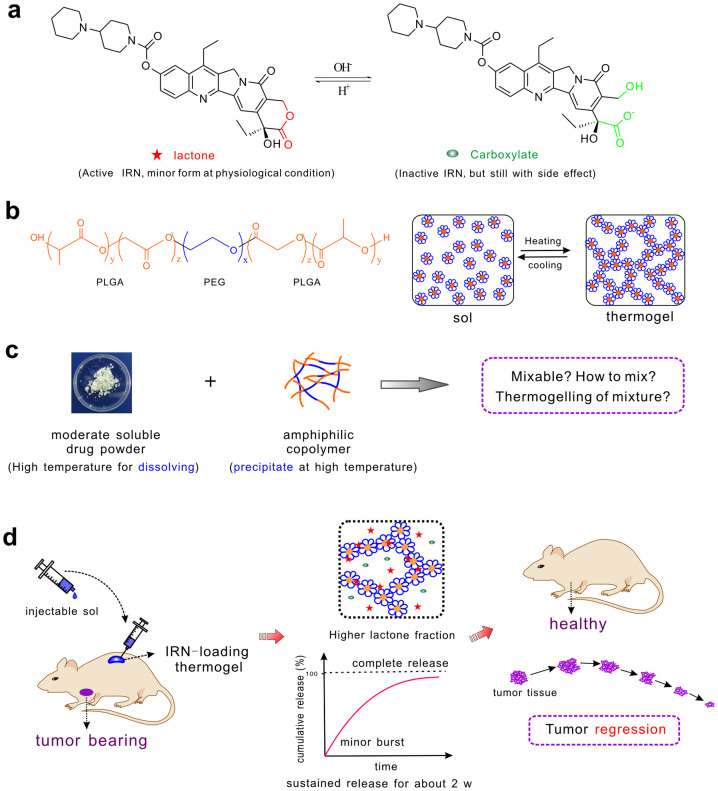Figure 1. Schematic presentation of chemotherapy with IRN-loaded thermogel.
(a) The chemical structure of IRN with two forms, active lactone and inactive carboxylate. (b) The chemical structure of PLGA-PEG-PLGA triblock copolymer and the temperature-induced sol-gel transition of this amphiphilic copolymer in water. A sol is a suspension of micelles, and a thermogel has a percolated micelle network. A further increase of temperature leads to precipitation. (c) Difficulty in mixing the moderately soluble drug IRN and the amphiphilic block copolymer PLGA-PEG-PLGA. (d) Main procedures of the IRN/thermogel system and its functions in tumor treatment. The IRN-loaded polymer solution was injectable; the injected mixture was gelled in vivo at body temperature. IRN would be released sustainably for approximately 2 weeks without a significant initial burst and with almost complete release. Its active lactone fraction in the thermogel was enhanced significantly, much higher than that in phosphate buffer saline (PBS) solution. The tumor volume eventually decreased compared with the initial size in therapy.

